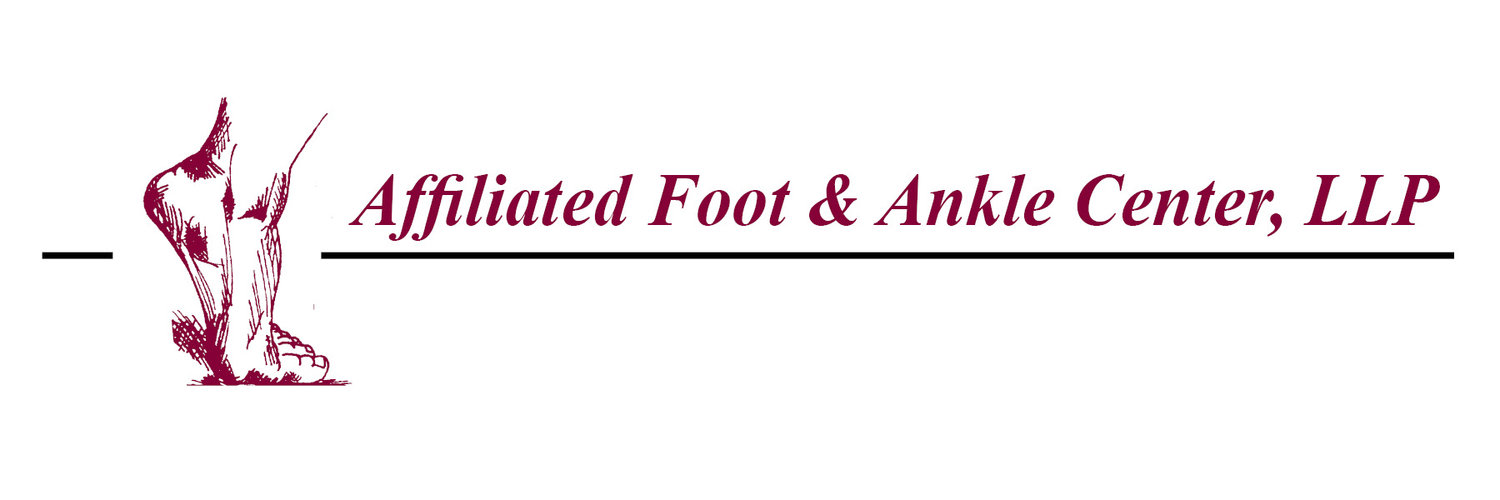COMPREHENSIVE CARE FOR FLAT FOOT
Flat feet are a common condition in infants and toddlers. Most feet are flexible and an arch appears when children begin standing on their toes. The arch continues to develop throughout childhood, and by adulthood most people have developed normal arches.
Flat feet are generally associated with pronation, a leaning inward of the ankle bones toward the center line. Shoes of children who pronate, when placed side by side, will lean toward each other after they have been worn long enough for the foot position to remodel their shape.
Many people with flat feet do not experience pain or other problems. When pain in the foot, ankle, or lower leg does occur, especially in children, the feet should be evaluated. Painful progressive flatfoot, otherwise known as tibialis posterior tendonitis or adult-acquired flatfoot, refers to inflammation of the posterior tibial tendon. This condition arises when the tendon becomes inflamed, stretched, or torn. Left untreated, it may lead to severe disability and chronic pain.
People are predisposed to tibialis posterior tendonitis if they have flat feet or an abnormal attachment of the tendon to the bones in the midfoot. Non-steroidal anti-inflammatory medications, icing, physical therapy, supportive taping, bracing, and orthotics are common treatments for painful progressive flatfoot. In some cases, surgery may be needed to repair a torn or damaged tendon and restore normal function.
If you are suffering with foot or ankle pain please come in for an evaluation.

